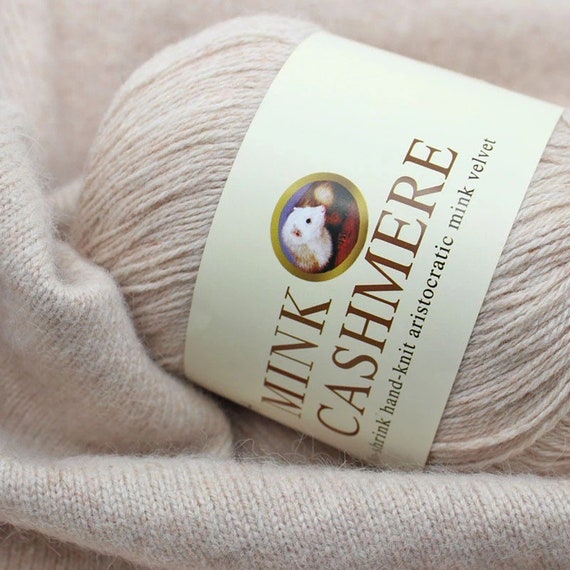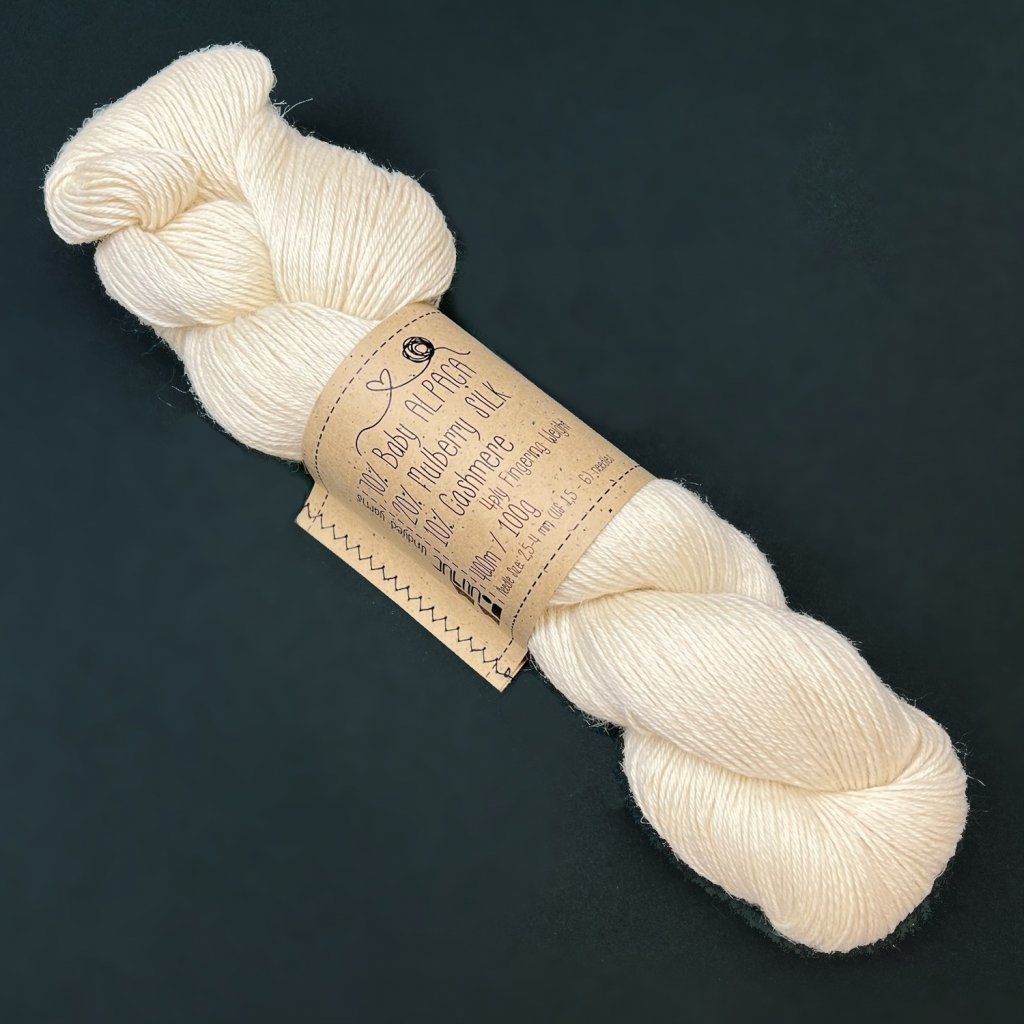Exploring the Past of cashmere and Its Role in Current Fashion
Exploring the Past of cashmere and Its Role in Current Fashion
Blog Article
Checking Out the Numerous Kinds Of Cashmere a Natural Fiber for Ultimate High-end
Cashmere, an all-natural fiber, is frequently connected with deluxe and convenience. The more budget friendly Chinese cashmere, the standard Scottish version, and the high-end Italian blend, all inform a different story of this impressive fiber.
Comprehending the Lavish Nature of Cashmere
Cashmere, commonly related to luxury and comfort, holds a special attraction in the globe of all-natural fibers. This soft, light-weight product is wanted for its outstanding heat and exceptional toughness. Unlike various other all-natural fibers, cashmere combines insulation with breathability, supplying unmatched convenience throughout differing temperature levels. Its glossy coating and soft structure add to its high-end appeal, justifying the premium cost that typically comes with cashmere garments. Furthermore, cashmere's inherent crease resistance and flexibility enhance its charm, making it a preferred choice for costs clothing and devices. Despite its fragile appearance, cashmere has an unusual durability, able to retain its form and extravagant feel with time. This special blend of features cements cashmere's position as an icon of beauty and indulgence.
Simply What Is Cashmere and Where Does It Originate from?

Given these phenomenal high qualities, one could question the beginning and make-up of this elegant fiber. Cashmere is stemmed from the soft undercoat of cashmere goats, primarily discovered in Mongolia, China, Iran, and Afghanistan - is cashmere a natural fiber. These goats are adjusted to severe climatic problems, generating an incredibly great, soft underfur as a protection against the bitter cold. This underfur, or undercoat, is what is gathered for cashmere. Each springtime, when the goats normally shed their wintertime layer, farmers comb out the fine underhair, leaving the coarser hair behind. This careful procedure adds to the scarcity and high expense of cashmere. With its beginning in the rough landscapes of Asia, cashmere is a testament to nature's capability to generate luxury from adversity.
Translating the Various Sorts Of Cashmere
Recognizing the different types of cashmere is crucial to appreciating the high quality and distinct attributes of this luxurious textile. Usually, cashmere is classified right into three types: raw, virgin, and reused. Raw cashmere is straight acquired from the goat and is unprocessed. This type frequently contains impurities such as dust and rugged hair. Virgin cashmere, on the other hand, is the pure, unrecycled material that is rotated right into yarn for the very first time. It is the softest and most luxurious. Finally, recycled cashmere is made from virgin product that has actually been previously used. It is re-spun and made use of in generating lower-cost cashmere informative post products. Deciphering these types is the primary step in understanding the exclusivity and value of cashmere.

The One-of-a-kind Features of Each Sort Of Cashmere
Having actually explored the various categories of cashmere, it comes to be obvious that each kind boasts its one-of-a-kind set of features. Mongolian cashmere, for instance, is renowned for its premium high quality, due to Mongolia's rough wintertimes that generate longer and finer fibers. On the other hand, Chinese cashmere is often a lot more budget friendly, though its shorter fibers can minimize sturdiness.
Why Cashmere Is the Embodiment of Luxury in vogue
Cashmere holds an esteemed setting in the globe of fashion, related to as a symbol of luxury and class. Its allure is not just in its gentleness and heat, but likewise in its rarity and the thorough process included in its purchase. Cashmere is derived from the fine undercoat of Himalayan goats, recognized for their exceptional high quality fiber. The deficiency of this fiber, combined with the labor-intensive procedure of collection, adds to its high price and unique status. Moreover, cashmere's unparalleled comfort and longevity make it a popular product in the production of high-end garments. Its all-natural lightweight and insulating buildings add to its value, making it the embodiment of deluxe in style.
The Refine of Making Cashmere: From Goat to Garment
The journey of cashmere, from being an undercoat of a Himalayan goat to an extravagant garment, is a detailed one. This blend is after that fastidiously divided, with only the soft down utilized for cashmere. From goat to garment, each step is a testament to the persistence, ability and creativity involved in crafting cashmere.

Verdict
To conclude, cashmere, with its natural style and unrivaled comfort, reigns supreme worldwide of high-end fashion. The diversity in types, varying from the soft Mongolian, light-weight Indian Pashmina, budget friendly Chinese, traditional Scottish, to the colorful Italian, reveals the flexibility of this natural fiber. The scrupulous process of transforming it from a goat to a garment further contributes to its exclusivity, you can find out more making cashmere the embodiment of refinement and high-end.
Cashmere, a natural fiber, is often associated with high-end and Resources comfort (is cashmere a natural fiber).Cashmere, commonly associated with deluxe and comfort, holds an one-of-a-kind attraction in the globe of natural fibers. Unlike other natural fibers, cashmere combines insulation with breathability, using exceptional comfort throughout varying temperature levels. Cashmere is acquired from the soft undercoat of cashmere goats, largely discovered in Mongolia, China, Iran, and Afghanistan. Cashmere is acquired from the fine undercoat of Himalayan goats, recognized for their exceptional top quality fiber
Report this page